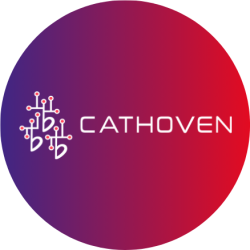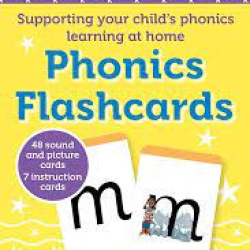A recent study conducted by researchers at the University of the Basque Country (UPV/EHU) has revealed that children’s reading and writing abilities significantly improve when they are trained in handwriting, as opposed to typing. This research underscores the critical importance of manual writing in early literacy development.
Key Findings from the Study:
- Impact of Handwriting vs. Typing: The study, led by researcher Joana Acha, involved teaching 50 children aged 5 to 6 years old an artificial alphabet using two different methods: handwriting and typing. Results indicated that children who practiced writing with pencil and paper assimilated new letters and words more effectively than those who used keyboards.
- Experimental Design: To ensure that participants were learning from scratch, the children were introduced to 9 letters from the Georgian and Armenian alphabets, as well as 16 pseudowords created by the researchers. This approach allowed the study to assess the true impact of handwriting versus typing on learning.
- Superior Learning Outcomes: After training, children were assessed through three tests measuring their ability to identify, write, and pronounce both letters and pseudowords. The findings showed that those who practiced writing by hand performed notably better, particularly with the pseudowords, indicating that manual practice enhances memorisation of letter and word structures.
- Role of Graphomotor Function: The research emphasises the significance of the graphomotor function—the physical movement involved in writing. Unlike typing, which does not require tracing the shapes of letters, handwriting engages this function more effectively, facilitating better retention of information.
- Variability in Practice: The study also explored the effects of variability in practice. Children who wrote freely without tracing guides achieved the best results, suggesting that while initial guided practice is beneficial, transitioning to free writing enhances competency.
- Recommendations for Educators: The researchers advocate for prioritising handwriting in literacy education, suggesting that technology should be used only as a supplementary tool. Joana Acha stated, “Children learn best from hand movements, and so technological devices should only be used in a complementary way.”

This research highlights the necessity of integrating handwriting instruction into early childhood education to foster better literacy skills. For further details on the study, visit the University of the Basque Country’s Campusa Magazine: Children’s Reading and Writing Develop Better When They Are Trained in Handwriting.
Education technology tools to improve writing skills that may interest you:
Get a special discount by quoting code AISLMALL during CHECKOUT.
Cathoven – Language Hub

Founded in 2022, Cathoven is a smart assistant tailored for language educators, helping them create level-appropriate lessons and exams, assess and score student work, identify weaknesses, and provide actionable feedback. Used by top institutions like Columbia Uni, Cathoven was ranked the second-best AI in Education project by QS after Duolingo.
Read Write Inc. Phonics

Read Write Inc. is a comprehensive literacy solution that empowers primary school teachers to quickly get children reading and writing through systematic phonics instruction, engaging resources, and professional support. The program uses a structured, evidence-based approach to foster fluent readers, confident speakers, and willing writers in the classroom.









